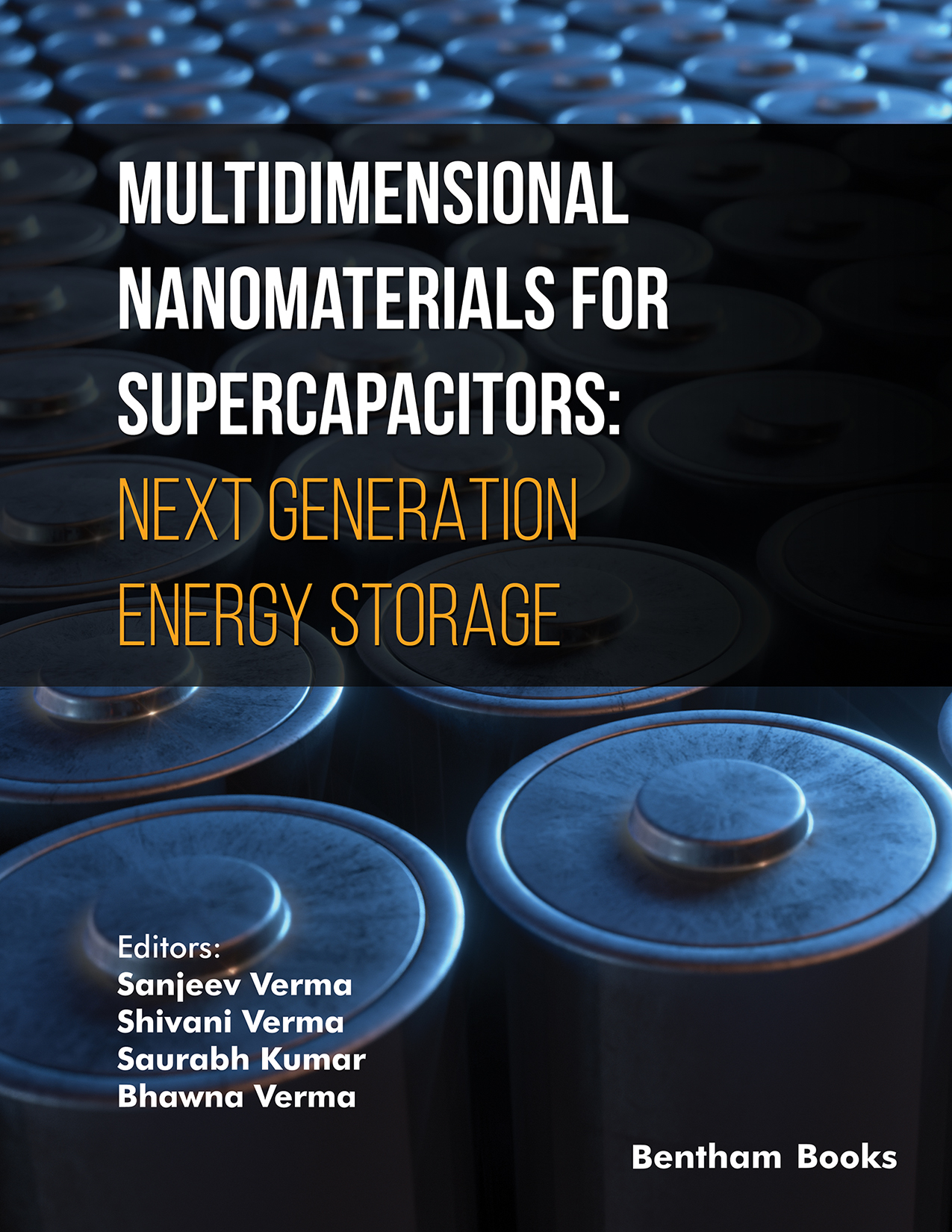Introduction
Multidimensional Nanomaterials for Supercapacitors: Next Generation Energy Storage explores the cutting-edge advancements in multidimensional nanomaterials for supercapacitor applications, addressing key techniques, challenges, and future prospects in the field. The book offers a comprehensive overview of the fundamentals of supercapacitors, including electrode materials, electrolytes, charge storage mechanisms, and performance metrics.
Key Features
- - Comprehensive Coverage: 15 referenced chapters cover a wide range of topics, including graphene derivatives, quantum dots, MOFs, MXenes, and fiber-shaped supercapacitors, providing a holistic view of the field.
- - Cutting-Edge Techniques: Covers the latest advancements in multidimensional nanomaterials for supercapacitors, providing insights into their synthesis, properties, and applications.
- - Future Applications: Chapters explore the potential future applications of nanomaterials in energy storage devices, offering valuable insights for researchers and practitioners.
- - Real-World Case Studies: Practical examples and case studies illustrate the application of nanomaterials in supercapacitors, enhancing understanding and applicability.
- - Challenges and Opportunities: Highlights the challenges and limitations associated with nanomaterial-based supercapacitors, offering information into overcoming barriers and expanding possibilities for future research.
Readership
This book is essential reading for chemists, electrochemists, chemical and electrical engineers, materials scientists, research scholars, and students interested in advancing their knowledge of energy storage technologies and multidimensional nanomaterials.

